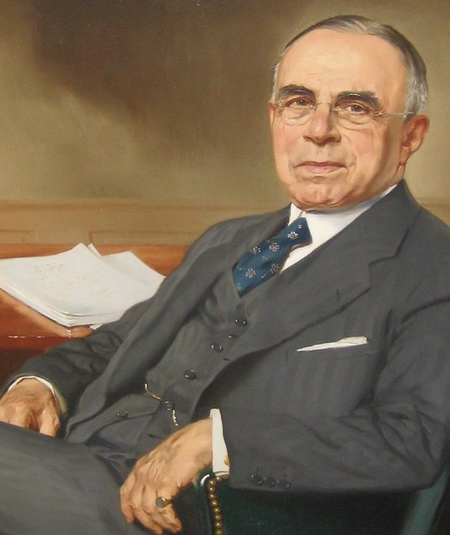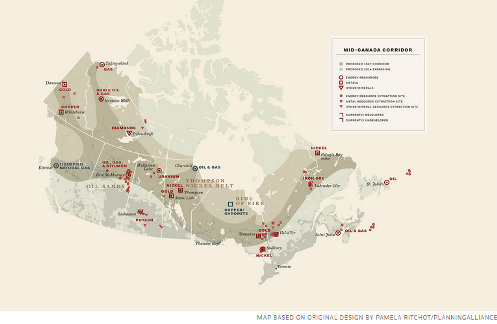http://www.thompsoncitizen.net/
Corporate affairs and organizational development manager Ryan Land was the guest speaker at a special meeting of the Thompson Chamber of Commerce Nov. 9, organized due to his cancellation the previous week. Land updated the chamber on Vale’s recently released annual community report including the results of this year’s Mining Association of Canada (MAC) audit and some of the past year’s accomplishments.
The community report presentation largely revolved around the results of Manitoba Operation’s Sustainable Mining Initiative audit, conducted by the MAC, which assesses member firms based on performance in tailings management, aboriginal and community outreach, energy use and emissions, safety and health, and crisis management.
The report places Manitoba Operations as AAA operators in the areas of aboriginal awareness, safety and health, and crisis management. More average is tailings management, floating in a grey area between A and AA ratings, along with A and B ratings in the areas of energy and emissions.


























